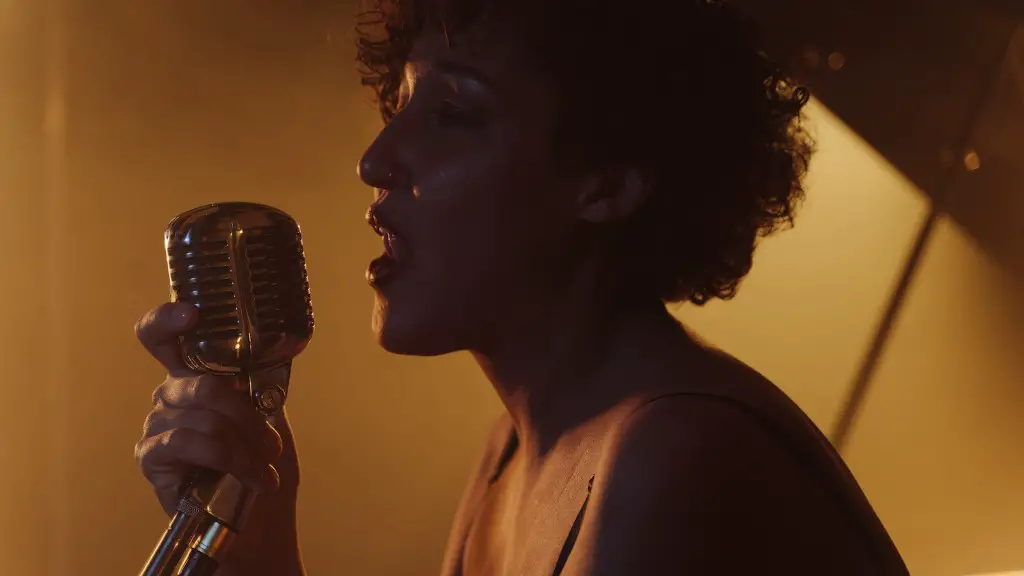Anyone who’s ever wanted to draw a city background quickly realizes just how much effort and skill is required to get it just right! But with a few tips, tricks, and techniques you can create a stunning cityscape in no time. Start with a basic sketch – it’s important to get the general shapes and lines down before you move on to any details. Keep the shapes simple and don’t worry about filling in the details yet. Choose the direction of light – and use strong contrasting shadows to create the illusion of depth in the cityscape. This will add life and movement to your work. Best to get this part done before the window and sky portions. Draw the windows– make sure to draw the buildings first and then the window shapes so that you don’t end up deleting them. Draw them in different sizes and make sure to give them plenty of reflective light. Incorporate the sky – don’t forget to add the sky! You can use a variety of techniques depending on what type of effect you are after. Create atmosphere – to finish off your cityscape, think about incorporating smoke, mist, fog, rain or snow – whatever lends to the overall atmosphere of the image.
The key to getting a great cityscape is to practice, practice and then practice some more. If you’re serious about drawing cityscapes, it’s a good idea to start off with pencil and paper first as this will help you to better understand the shapes and mass before you start working on your digital piece. It’s also beneficial to look at reference pictures from real cities as this will serve to create more realistic 3D effects. And of course, don’t forget to take your time and don’t rush it!
No matter what type of city you are drawing, you will need to understand the basic shapes and sizes that are present in a cityscape. Look for the cube and triangular shapes in the buildings, the zig zags on the roofs, and the rectangles of the windows. Start by sketching out a rough perspective of the scene and once you are satisfied with the general layout, you can start adding in more details and textures.
When it comes to adding in the details and textures of a city, it’s important to keep them relevant to the environment. Start by thinking about the elements of the city. For example, consider the materials used in construction, the age of the buildings, and the climate of the area. Incorporating these elements into your cityscape will add more atmosphere and make it more realistic.
When you are ready to add in the skyline elements, like mountains, hills, towers, bridges, and other structures, do keep in mind that you don’t have to draw every single element. Instead, focus on adding ones that are important for the overall composition and that will grab the viewer’s attention.
Finally, when it comes to putting the finishing touches on your cityscape, make sure to add in some small details to really bring it to life. Try adding in some street lights, trees, or signs – just be sure to keep things simple. All of these small details can help to make the cityscape come to life and create an atmosphere that viewers can truly appreciate.
